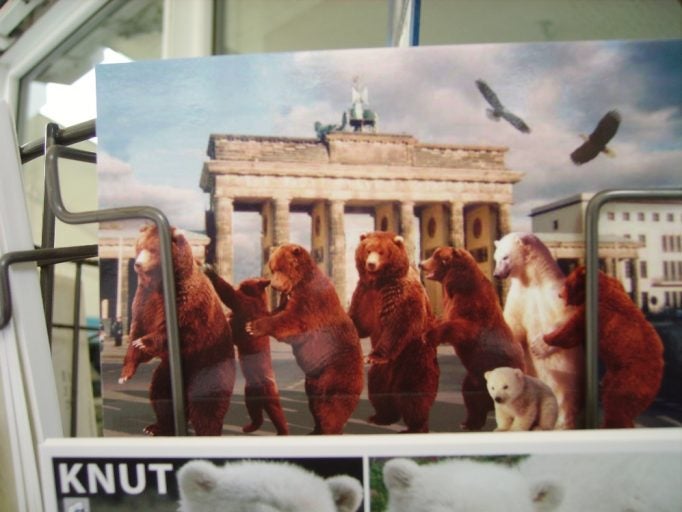One of the most powerful ways to market a destination to potential tourists is through the use of photographs. While these images are disseminated in a variety of ways, one of the most efficient and cost effective ways is through postcards, which millions of travelers send to their close friends and family from various destinations around the world. However, a recent study published in the Journal of Vacation Marketing revealed that the images on postcards sometimes feature inaccurate representations of the destination they’re marketing.
The study “Postcards as representation of a destination image: The case of Berlin” examined the images of 150 postcards from retail outlets in Berlin to evaluate their accurate portrayal of Germany’s capital city. In this content analysis study, Dr. Ady Milman, a professor at the Rosen College of Hospitality Management at the University of Central Florida, examined postcards being sold in high-traffic tourist areas of Berlin – a city that welcomes approximately nine million visitors each year.
Milman identified three categories of postcards, including realistic photographs, iconic images, and nonspecific graphics, such as the name “Berlin” spelled in various layouts. The study featured two rounds of analysis, including measuring the level of realism and Hunter’s typology of photographic representations for tourism- a highly consistent means of depicting tourism destinations.
The analysis concluded that a majority of the postcards did not feature authentic representations of Berlin.
“Most of the postcards displayed a vague view of contemporary Berlin, with no clear communication of the city’s current identity,” said Milman. “A majority of the postcards used images of Berlin’s heritage, as well as mascots, which provided multiple meanings and a confusing representation of the destination.”
The study showed that many of the postcards lacked images of human beings, natural or cultivated landscapes, and the city’s attractions. Instead, the photographs primarily focused on the city’s heritage, especially elements of the Cold War, which does not reflect contemporary Berlin.
Many of the photographs also featured various images of bears. Milman pointed out that while a bear is displayed on the city’s coat of arms, some of the bears featured in the postcards, such as panda and polar bears, are not indigenous to Berlin, and are therefore, not authentic representations of the city.
According to Milman, postcard images should have a natural or man-made symbol that embodies the destination.
“If you look at other popular destinations, they have a clear symbol that indicates the destination,” said Milman. “The Eifel Tower represents Paris; an image of the Great Wall indicates China; and a photograph of Big Ben signifies London. But some destinations, like Berlin, lack a unique and clear identity.”
Milman recommends in his study that local authorities, tourism industry leaders and operators need to work together to develop exclusive images of the destination. He also suggests that tourism marketing organizations around the world should take into consideration the authenticity of the images featured on the destination’s postcards to represent the destination in a more realistic way.
